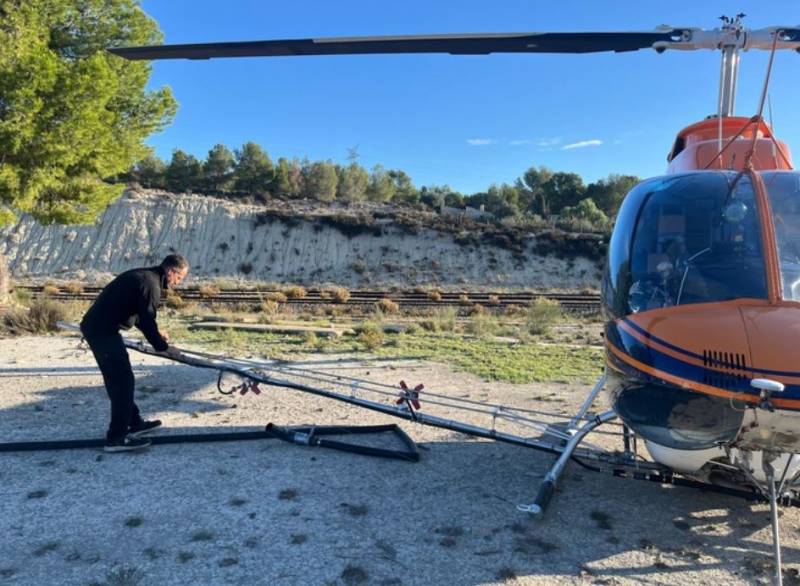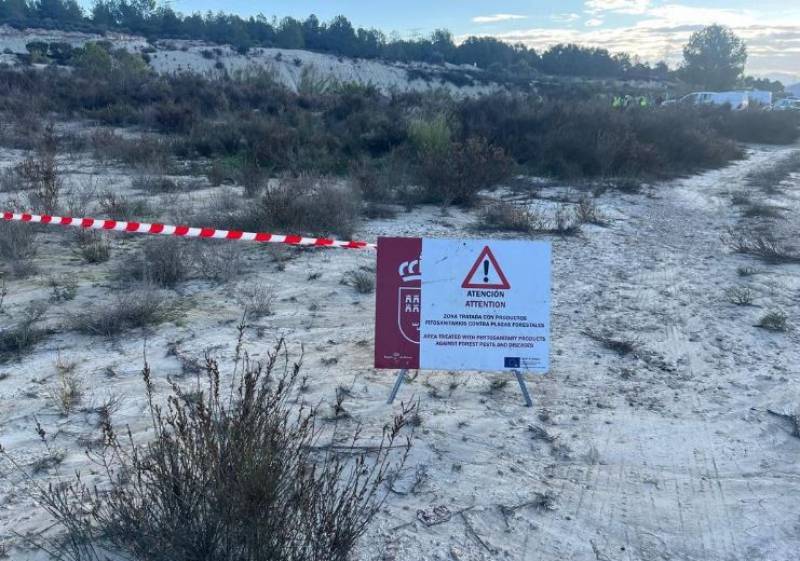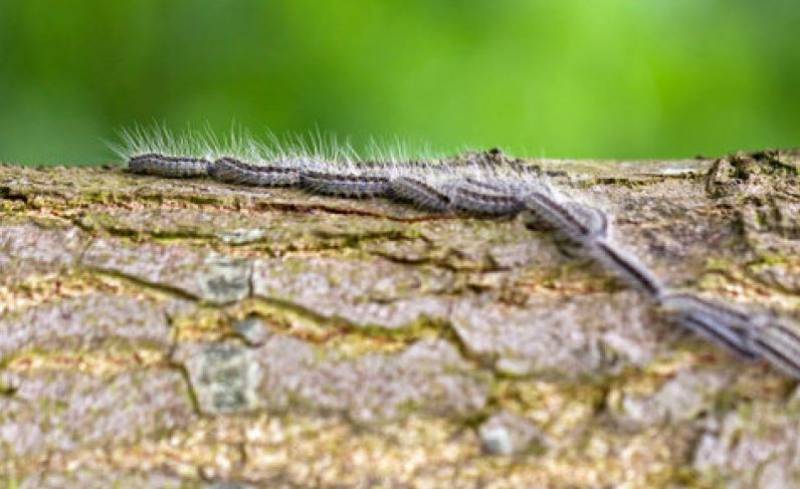
To be listed on the CAMPOSOL TODAY MAP please call +34 968 018 268.
article_detail
Helicopters deployed to stop the spread of lethal processionary caterpillars
Fumigation treatments will be carried out in the pine forests of Calasparra and Murcia

As the mild temperatures refuse to let up, the Region of Murcia is once again facing the threat of the pine processionary (Thaumetopoea pityocampa), a nasty little pest that poses a serious risk to both people and pets.
But the Department of Environment is getting in ahead of the game, activating a shock plan to combat the plague, which includes aerial treatment in more than 1,678 hectares of public forests in the municipalities of Calasparra and Murcia from Tuesday November 12.

The treatment uses a biological insecticide that is especially suitable for aerial treatment, which will be carried out using a fumigation helicopter.
In Calasparra, the treatment will cover 531 hectares of pine forests, distributed between the Sierra del Molino and the Sierra de la Serrata del Puerto.
In Murcia, the treatment will affect 1,139 hectares of land, distributed between the Majal Blanco municipal estate and the public forests in the El Valle and Carrascoy Regional Park.
Why is the pine processionary so dangerous?

The pine processionary is a species of moth that is native to the Mediterranean region. The caterpillars of this moth are known for their distinctive habit of forming long, nose-to-tail processions as they move through pine forests in search of food.
These critters are considered a dangerous pest for several reasons. The caterpillars have poisonous and irritant brittle hairs all over their bodies that can cause severe allergic reactions in humans and animals.
These hairs can become airborne and be inhaled, causing respiratory problems, or they can come into contact with skin, leading to painful rashes.
Dogs and cats are often attracted by the bittersweet smell and taste of the processionaries, and both may try to eat them. The results can be fatal; as few as three or four will kill a medium-sized dog, and just one may produce death in a cat as the hairs become embedded in the tongue of the animal, and generally causes necrosis of the tongue.
Image: CARM
Loading
See more news about animals in Spain:
OR
Sign up for the Spanish News Today Editors Roundup Weekly Bulletin to get a comprehensive email with all the week’s news for Spain, Murcia, Alicante and Andalucía.
Get a sneak peek – here are a few of our recent Subscription Bulletins:
50% Discount Special Offer subscription:
24.95€ for 48 Editor’s Weekly News Roundup bulletins!
Please CLICK THE BUTTON to subscribe.
Contact Murcia Today: Editorial 000 000 000 /
Office 000 000 000































